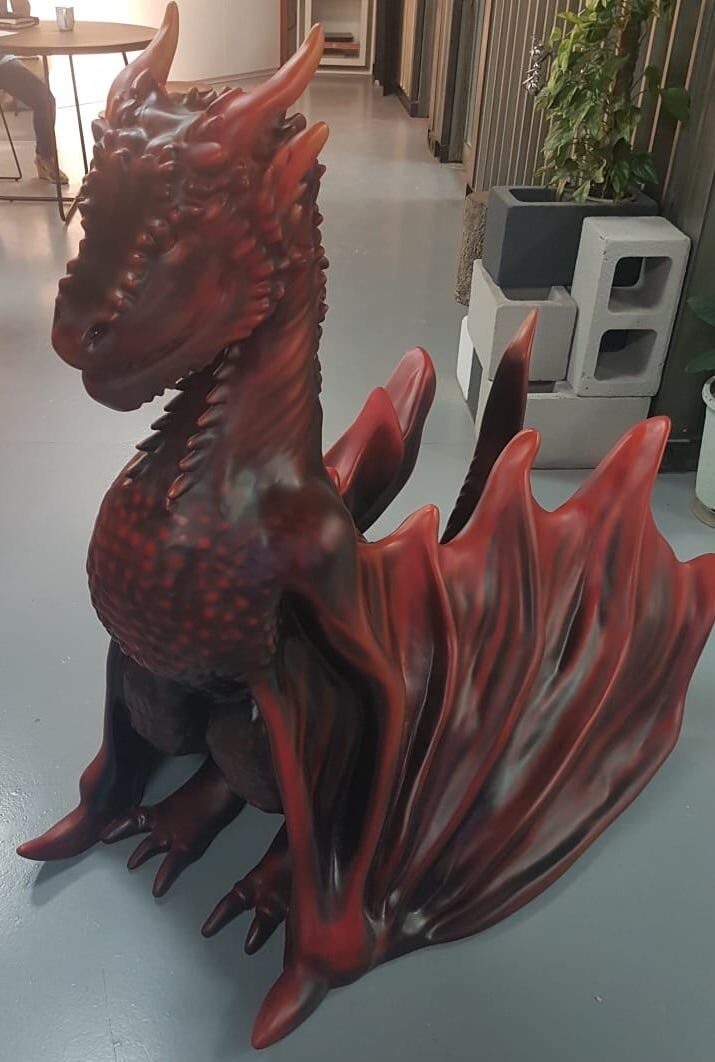Traditional craftsmanship and digital technology may seem like two opposing forces, but when combined in the world of 3D printing, they can create truly remarkable results. The art of traditional craftsmanship has been passed down for generations, with skilled artisans using their hands and tools to create intricate and detailed pieces. On the other hand, digital technology has revolutionized many industries, providing faster and more precise methods of production. However, instead of being at odds with each other, these two techniques can complement and enhance one another in the realm of 3D printing.
Preserving heritage techniques:
One of the key benefits of bridging traditional craftsmanship and technology with the help of a 3D printing company is the preservation of heritage techniques and craftsmanship. Many traditional crafts, such as pottery, jewelry making, and sculpting, have been practiced for centuries, passing down techniques from generation to generation. By digitizing these techniques and incorporating them into 3D printing processes, artisans can continue to honor and preserve traditional craftsmanship while embracing modern technology.
Enhancing design flexibility:
Digital technology offers unparalleled design flexibility in 3D printing, allowing artisans to create intricate and complex designs that would be challenging or impossible to achieve using traditional methods alone. By utilizing digital design tools and software, craftsmen can explore new aesthetic possibilities, experiment with form and texture, and push the boundaries of traditional craftsmanship. This fusion of traditional artistry with digital design reveals new creative avenues and fosters innovation in craftsmanship.
Streamlining production processes:
While traditional craftsmanship often involves labor-intensive and time-consuming processes, 3D printing offers efficiency and scalability in production. By digitizing traditional techniques and automating repetitive tasks, artisans can streamline production processes, reduce lead times, and increase productivity. This fusion of traditional craftsmanship with digital technology allows artisans to meet the demands of modern consumers while maintaining the quality and integrity of their craft.
Pushing the boundaries of innovation:
The marriage of traditional craftsmanship and 3D printing is driving innovation across a wide range of industries, from fashion and design to healthcare and architecture. Artisans and designers are pushing the boundaries of what are possible, creating groundbreaking creations that blend the best of both worlds. Whether it’s using 3D printing to replicate intricate patterns found in traditional textiles or incorporating traditional hand-finishing techniques into digitally fabricated sculptures, this fusion of old and new is driving creativity and pushing the boundaries of innovation.
Bridging traditional craftsmanship with digital technology in 3D printing represents a powerful synergy that combines the best of both worlds. By preserving heritage techniques, enhancing design flexibility, enabling customization, streamlining production processes, and pushing the boundaries of innovation, this fusion is reshaping the land of craftsmanship and opening up new possibilities for artisans and designers alike.
